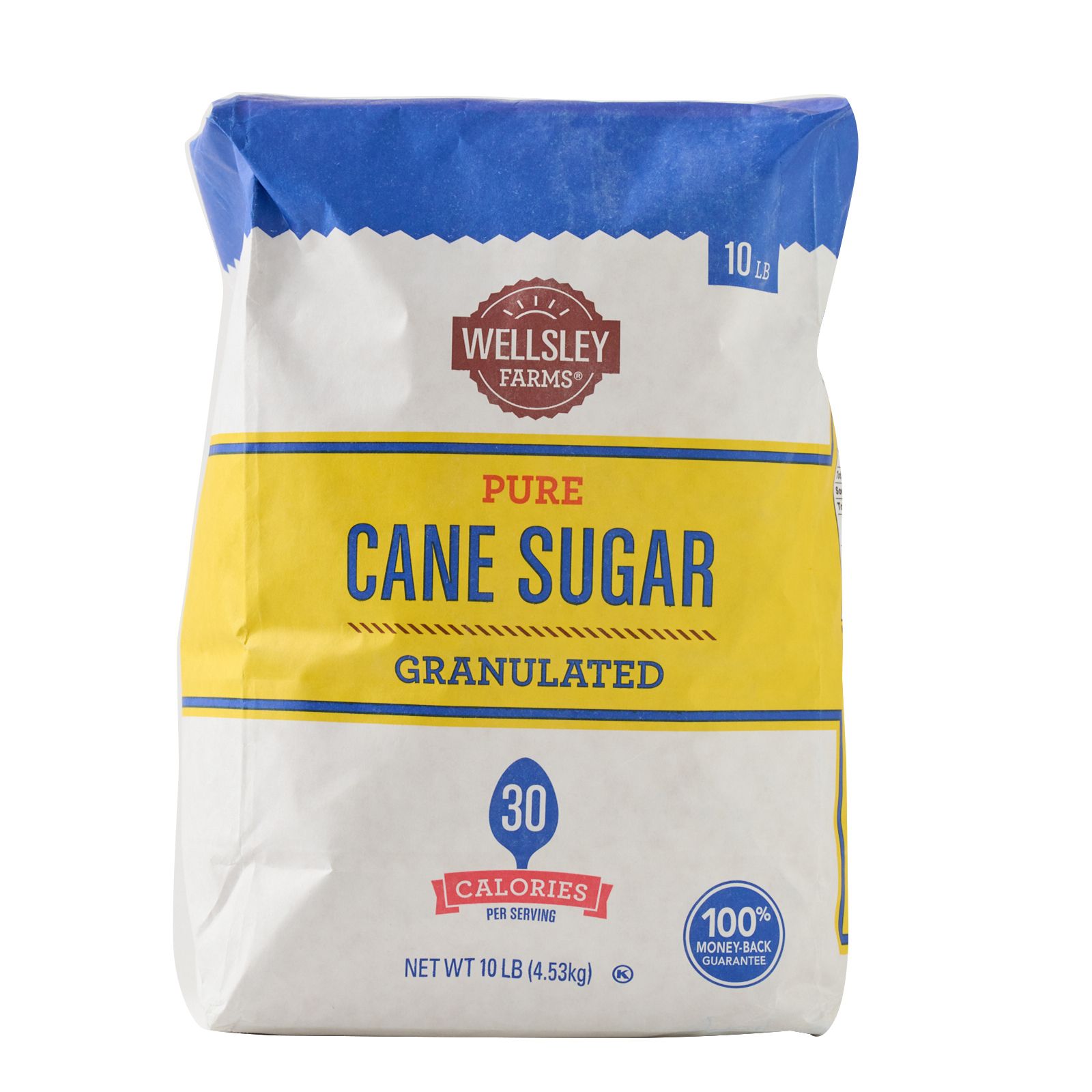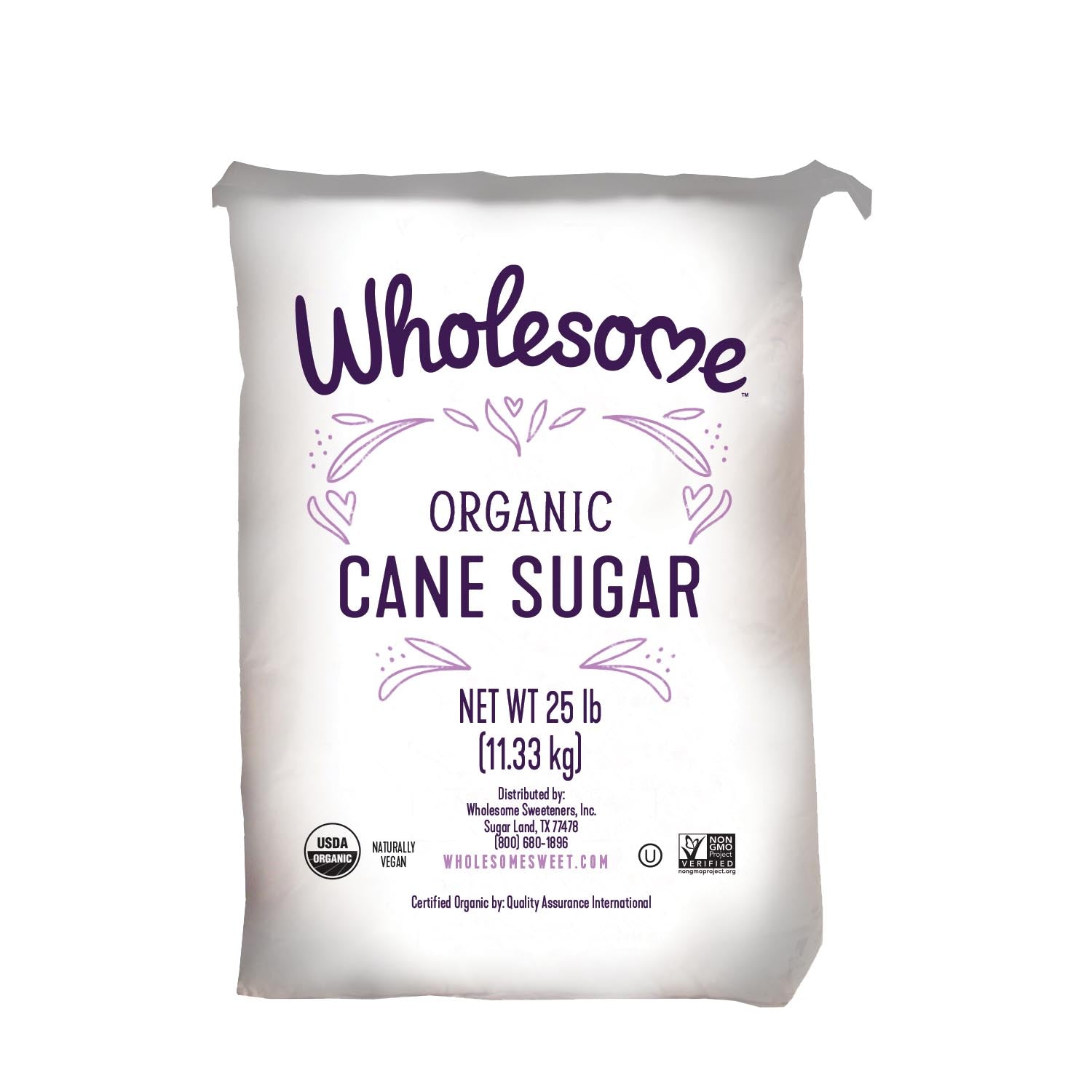Cane Sugar Processing Explained: What Happens Inside a Sugar Mill
Cane Sugar Processing Explained: What Happens Inside a Sugar Mill
Blog Article
Exploring the Comprehensive Steps Included in Cane Sugar Processing From Gathering to Improvement
The process of walking stick sugar manufacturing includes a collection of elaborate actions, starting with the mindful harvesting of sugarcane and culminating in the improvement phases that ensure the final product fulfills industry requirements. Each stage, from the removal of juice to the purification and crystallization processes, plays a crucial role in figuring out the high quality and character of the sugar.
Gathering Sugarcane
Harvesting sugarcane is a crucial action in the walking stick sugar processing chain, as it directly influences the quality and return of the end product. Appropriate timing and methods are necessary during this stage to guarantee optimum sugar material and minimize losses. Typically, sugarcane is harvested when it gets to maturation, typically 12 to 18 months after growing, defined by a high sucrose focus.

Post-harvest, the sugarcane should be processed quickly to avoid sucrose degradation. Ideally, gathered walking stick must be transferred to refining centers within 24 hours to maintain sugar high quality. Consequently, reliable logistical preparation is important to keep the honesty of the collected crop throughout the supply chain.
Removal Refine

The crushed walking cane goes through a collection of pressing procedures to make the most of juice recovery. Typically, warm water is splashed onto the crushed cane, creating a countercurrent circulation that assists dissolve the sugar while likewise assisting in the extraction process. The juice collected from this procedure consists of not just sugar but likewise different natural compounds and pollutants.

To boost removal effectiveness, some centers might employ diffusion methods, where the sugarcane is taken in warm water, allowing the soluble sugars to diffuse right into the fluid. The resulting juice, abundant in sucrose, is then routed to subsequent processing stages, laying the structure for purification and improvement. The removal procedure is thus pivotal in figuring out the high quality and return of the final sugar product.
Purification Methods
The filtration methods employed in cane sugar handling are essential for transforming the raw juice right into a high-quality sugar product. These approaches mostly aim published here to eliminate pollutants, such as soil, plant products, and not natural compounds, which can negatively impact the final item's taste and shade.
Among one of the most common purification techniques is information. This process includes including lime and heat to the raw juice, which promotes the coagulation of contaminations. The resulting precipitate is then removed with sedimentation or filtration, producing a more clear juice. Furthermore, the use of phosphoric acid can enhance the information process by further binding pollutants.
Another substantial strategy is carbonatation, where co2 is introduced to the cleared up juice. This response produces calcium carbonate, which records continuing to be contaminations and promotes their removal.
In addition, activated carbon therapy may be related to adsorb any kind of remaining colorants and natural pollutants, guaranteeing a more polished product. The mix of these techniques properly prepares the sugar juice for subsequent action in the refining procedure, establishing the phase for the production of premium walking stick sugar.
Condensation Methods
After the filtration phase, the next critical action in walking stick sugar handling involves condensation methods, which play a pivotal duty in changing the clarified juice right into solid sugar. This procedure generally employs two primary approaches: spontaneous formation and controlled condensation.
In spontaneous formation, supersaturated sugar solutions are enabled to cool down normally, resulting in the development of sugar crystals with time. This approach is simpler but may result in uneven crystal sizes and lower purity levels. On the various other hand, managed condensation is an extra specific strategy where seeding, focus, and temperature level representatives are thoroughly taken care of. This approach enables the consistent growth of sugar crystals and higher this post purity.
During crystallization, the clarified juice is focused via dissipation, boosting its sugar material up until it gets to supersaturation. When this point is attained, either approach can assist in the condensation procedure. Cane Sugar Processing. The resultant sugar crystals are after that separated from the remaining syrup via centrifugation
Inevitably, the option of crystallization technique affects the quality, dimension, and purity of the final sugar item, making this step essential in the overall walking cane sugar processing procedure.
Improvement and Packaging
Just how can the purity and high quality of walking stick sugar be additionally enhanced after formation? The refinement process plays a critical function in attaining high-grade walking stick sugar.
Following, the sugar undergoes a process called centrifugation, where it is spun at high rates to separate the purified sugar crystals from the staying fluid. After centrifugation, the sugar is frequently additional improved through a method called carbonization or phosphatation, which utilizes triggered carbon or phosphoric acid to remove shade and off-flavors.
Once fine-tuned, the sugar is dried out to attain the wanted moisture material, making certain go to these guys that it remains stable during storage and transport. The last action entails product packaging the refined sugar in airtight and moisture-proof containers to keep its top quality and prevent contamination. Cane Sugar Processing. Proper product packaging not just prolongs service life yet additionally helps with simple handling and circulation, making certain that customers obtain sugar that fulfills the highest standards of purity and quality
Conclusion
The extensive actions involved in cane sugar processing, from the meticulous harvesting of sugarcane to the intricate refinement and product packaging phases, emphasize the value of each stage in making sure high-grade sugar manufacturing. Ideal harvesting techniques, efficient extraction approaches, and strenuous filtration processes collectively contribute to the final product's pureness and security. The condensation and subsequent product packaging practices even more enhance the honesty and life span of the sugar, highlighting the complexity and accuracy integral in this vital agricultural industry.
The procedure of walking stick sugar production incorporates a series of complex actions, beginning with the cautious harvesting of sugarcane and culminating in the improvement stages that make certain the last item satisfies sector standards. Ideally, harvested walking cane must be delivered to processing centers within 24 hours to preserve sugar top quality.In spontaneous condensation, supersaturated sugar solutions are permitted to cool normally, leading to the formation of sugar crystals over time - Cane Sugar Processing. The improvement process plays a vital role in accomplishing premium cane sugar.The detailed actions involved in cane sugar handling, from the meticulous harvesting of sugarcane to the complex refinement and packaging phases, underscore the relevance of each phase in making sure premium sugar manufacturing
Report this page